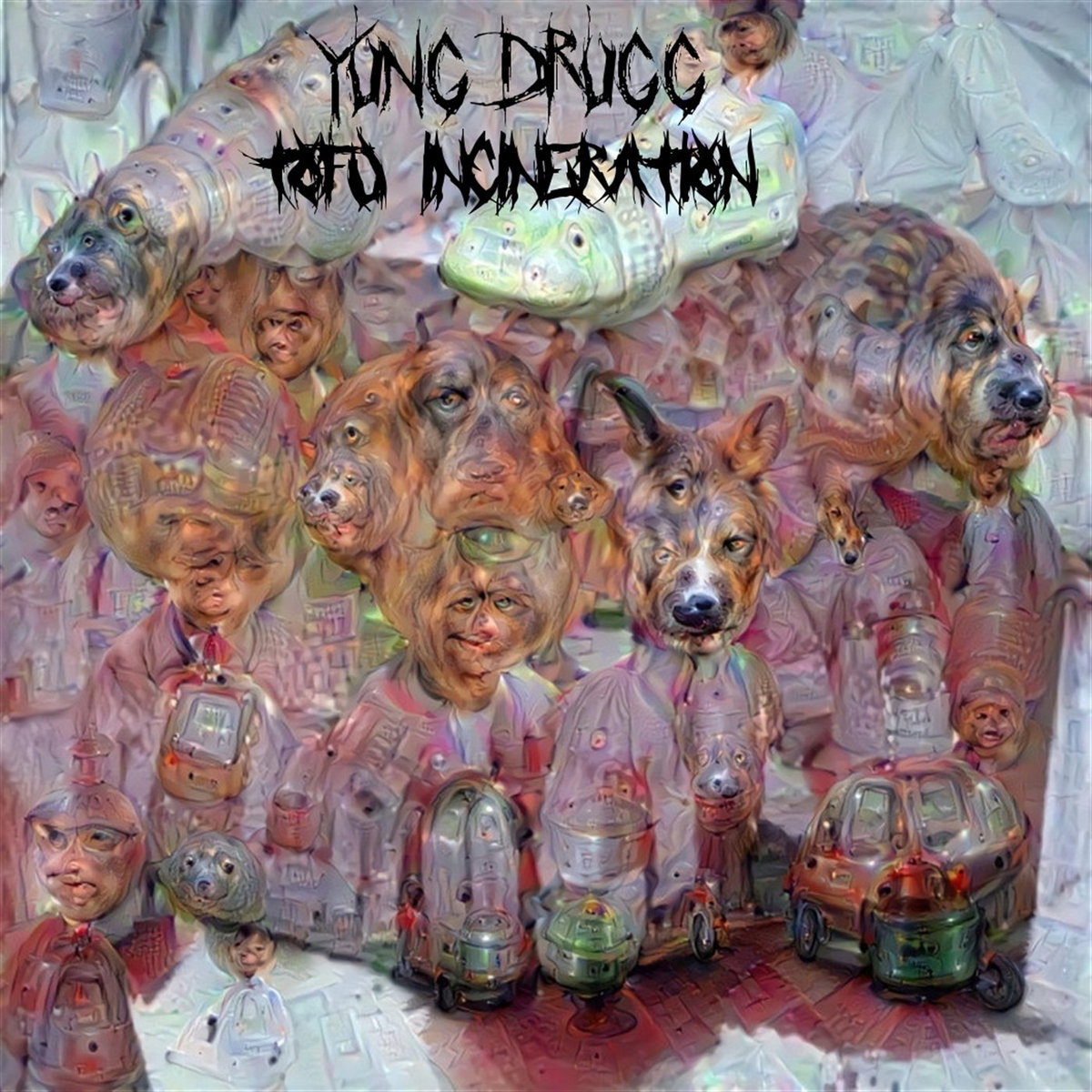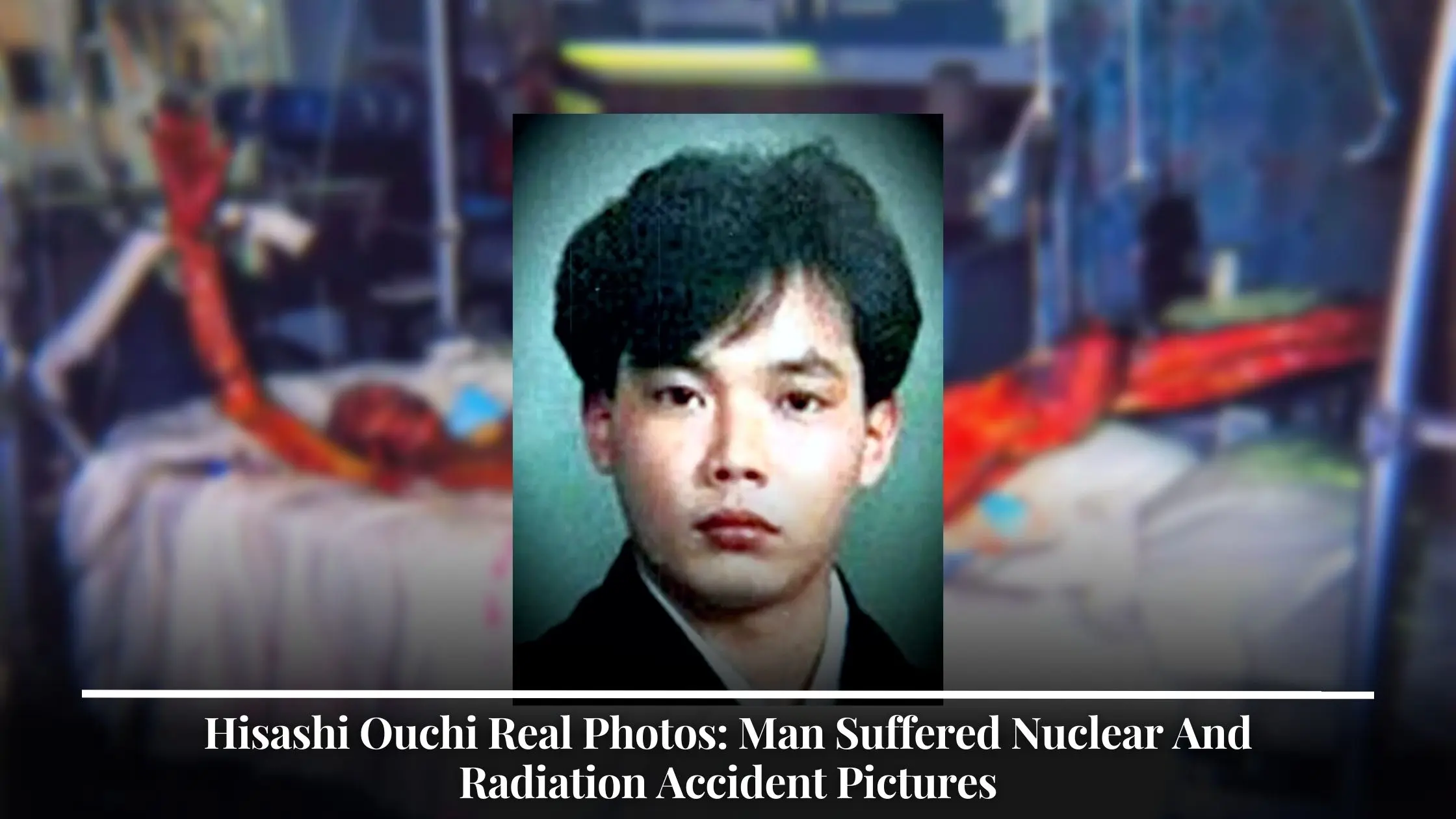Hisashi Ouchi - A Story Of Courage And Caution
The story of Hisashi Ouchi stands as a somber reminder of the immense risks involved when handling powerful materials, particularly within the nuclear industry. It’s a narrative that, quite honestly, brings to light the very real human cost of industrial accidents, a tale that unfolded in Japan and, in a way, truly captured the attention of many across the globe. This was a moment, in late 1999, when a routine process at a fuel plant took a turn that nobody could have truly foreseen, impacting several lives in a most profound manner.
For many, the name Hisashi Ouchi might not immediately ring a bell, yet his experience, as a matter of fact, represents one of the most heartbreaking accounts in the history of nuclear safety. He was a technician, a person just doing his job, when an unexpected event, a criticality accident, changed everything for him and those around him. His journey through the aftermath, spanning many days, became a public display of human resilience and the truly devastating effects of radiation exposure, something that, you know, is hard to even think about.
This article will look into the details of what happened at the JCO facility, the circumstances that led to the accident, and the truly difficult path Hisashi Ouchi walked in the days that followed. We will also, in some respects, consider the wider implications of this event, exploring the lessons that were learned and how this incident shaped discussions around safety protocols. It’s a story that, quite frankly, serves as a powerful cautionary tale for us all, urging us to remember the importance of carefulness and respect for these powerful forces.
- Best Years For Toyota Highlander
- Tony And Hannah The Mole
- Kathimodel
- What Is A Wardkeeper In Prison
- Labia Tattooing
Table of Contents
- Who Was Hisashi Ouchi?
- What Happened at Tokaimura?
- How Did the Accident Affect Hisashi Ouchi?
- The Difficult Days of Hisashi Ouchi
- What Were the Long-Term Effects on Hisashi Ouchi?
- What Lessons Can We Learn from Hisashi Ouchi's Experience?
- How Did Others Fare After the Hisashi Ouchi Incident?
- Why Do We Still Talk About Hisashi Ouchi's Story?
Who Was Hisashi Ouchi?
Hisashi Ouchi was, for all intents and purposes, a technician working at the JCO nuclear fuel processing plant in Tokaimura, Japan. He was a man, you know, like many others, with a job that required a certain level of skill and attention to detail. On that fateful day in September 1999, he was, in fact, involved in the process of preparing fuel for a nuclear reactor, a task that, when done correctly, helps to generate electricity. He was, by all accounts, just doing his part, a regular person engaged in what was, for him, an ordinary workday.
The facility where Hisashi Ouchi worked was responsible for creating fuel for reactors, and this process, as you might guess, involves handling materials that require extreme care. His role, along with his colleagues, was to mix batches of this fuel. It was a job that, you know, had its own set of rules and ways of doing things, all designed to keep everyone safe. Hisashi Ouchi, at 35 years old, was part of a team, and their collective efforts were aimed at meeting shipping requirements for the fuel they were producing, a task that was, in a way, pressing.
Personal Details for Hisashi Ouchi
| Name | Hisashi Ouchi |
| Age at Incident | 35 years old |
| Occupation | Nuclear Technician |
| Location of Incident | JCO Nuclear Fuel Processing Plant, Tokaimura, Japan |
| Date of Incident | September 30, 1999 |
| Radiation Exposure | Between 10,000 and 20,000 millisievert (or 17 sieverts) |
| Days Survived Post-Incident | 83 days |
What Happened at Tokaimura?
On the morning of September 30, 1999, at about 10:35, Hisashi Ouchi found himself at the heart of an unfolding disaster at the Tokaimura plant. He was, along with a colleague, involved in pouring enriched uranium powder into a large container filled with nitric acid. This was a step in the process of making fuel for a nuclear reactor, and, as a matter of fact, they were trying to speed things up a bit to meet some deadlines for shipping. This desire to move things along, you know, played a part in what came next.
- Ella Emhoff Sexuality
- Catryona Lei Scandal
- Mike Connors
- Best Looking Vagina In The World
- Fine Love Dolls
The situation involved Hisashi Ouchi, Masato Shinohara, and Yutaka Yokokawa. They were, in essence, trying to get the last few steps of the fuel preparation done more quickly. Hisashi Ouchi and Masato Shinohara were working directly with the uranium, while Yutaka Yokokawa was sitting at a desk nearby, about 13 feet away from the container. What occurred was, in simple terms, a nuclear criticality event, which means the nuclear chain reaction became self-sustaining, releasing a huge burst of radiation. It was, truly, a terrible moment, something that happened in a flash, but its effects would last a very long time.
This incident, by the way, became one of the most serious nuclear accidents in Japan’s history. It was a moment that, you know, shook the country and brought into sharp focus the need for extremely strict adherence to safety rules in such environments. The event itself was a result of human error, a deviation from established procedures, and it showed just how little room for mistakes there truly is when dealing with these powerful materials. It was, in some respects, a wake-up call for the entire industry.
How Did the Accident Affect Hisashi Ouchi?
When the criticality event happened, Hisashi Ouchi was, unfortunately, the person who received the most direct and overwhelming amount of radiation. He was exposed to an unbelievably high dose, somewhere around 17 sieverts, which is, to put it mildly, an amount that is considered lethal many times over. To give you a sense of scale, a typical dose for a nuclear worker over an entire year is just a fraction of a single millisievert, so this was, quite frankly, an unimaginable amount. This exposure, you know, immediately began to take its toll on his body.
Right after the accident, Hisashi Ouchi even made a comment, a kind of joke, about going home soon, perhaps not fully grasping the severity of what had just happened. But the reality of the situation quickly became clear. He began to suffer from truly severe physical reactions. His body, in essence, was trying to cope with an assault it was not designed to withstand. This initial period was, as you can imagine, one of shock and disbelief, both for him and for those who were trying to help him.
The Difficult Days of Hisashi Ouchi
The period following the accident for Hisashi Ouchi was, to be honest, an agonizing one, stretching over 83 days. He was taken to a hospital where medical teams worked tirelessly to try and save him, but the damage inflicted by the radiation was, quite simply, beyond anything they had seen before in a living person. His body began to show truly awful symptoms. His skin, for example, started to peel away in large sections, leaving him incredibly vulnerable to infection and pain. This was, in a way, just the beginning of his physical decline.
Over time, Hisashi Ouchi’s internal organs also began to fail. The radiation had, in essence, attacked his body at a cellular level, disrupting its ability to repair itself and function properly. He experienced organ failure and even brain damage, which added another layer of suffering to his already dire situation. Medical interventions, including multiple blood transfusions and skin grafts, were attempted, all in an effort to keep him alive, but the odds were, truly, stacked against him. It was a constant battle, a fight against an invisible enemy that had already done so much harm.
One of the most significant medical efforts involved a stem cell transplant, with Hisashi Ouchi’s sister acting as the donor. This was, in a way, a desperate attempt to help his body produce new, healthy blood cells. However, even with this intervention, a week later, subtle changes were found in his blood cells. The new cells, it turned out, were themselves being damaged by the effects of the radiation still present in Hisashi Ouchi’s body. This showed just how truly pervasive the impact of such a massive dose of radiation truly was, affecting even the newly introduced healthy cells.
What Were the Long-Term Effects on Hisashi Ouchi?
As the days turned into weeks, Hisashi Ouchi continued to experience increasingly terrible symptoms. His condition, you know, steadily worsened. The initial skin damage progressed, and the photos taken during this time, which later became widely known, truly show the devastating extent of his physical suffering. These images, in fact, became emblematic of the consequences of such extreme radiation exposure, serving as a stark visual reminder of the accident's impact. His body was, quite literally, breaking down, and there was very little that could be done to stop it.
Despite all the medical efforts, Hisashi Ouchi’s condition continued to deteriorate. The fight to keep him alive raised serious ethical questions about prolonging a life that was, quite honestly, filled with such profound pain and suffering. After 83 days, Hisashi Ouchi passed away. His death marked the end of a truly harrowing ordeal, an experience that, in some respects, pushed the boundaries of what medical science could do and what a human body could endure. It was a truly sad conclusion to a tragic event, a moment that left many people reflecting on the nature of life and suffering.
What Lessons Can We Learn from Hisashi Ouchi's Experience?
The incident involving Hisashi Ouchi and his colleagues at Tokaimura had, in fact, a profound impact on nuclear safety discussions, not just in Japan, but around the world. It led to a serious reevaluation of safety protocols within the industry. Before this event, much of the research and studies on the impact of radiation on living creatures had, for obvious reasons, focused primarily on animals. This human tragedy, however, brought the very real and immediate consequences into sharp, undeniable focus, changing the way people thought about these things, you know.
The story of Hisashi Ouchi is, essentially, a cautionary tale about the critical importance of following established safety procedures to the letter. Any deviation, no matter how small it might seem at the time, can have truly catastrophic outcomes when dealing with materials that possess such immense energy. This event underscored the idea that even seemingly minor shortcuts can lead to truly terrible consequences, making it clear that there is no room for error in such sensitive operations. It was a lesson, quite frankly, learned at a very high cost.
The accident also highlighted the ethical dilemmas that can arise in extreme medical situations. The decision to prolong Hisashi Ouchi’s life, despite his immense suffering, sparked conversations about the limits of medical intervention and the definition of humane care. This aspect of his story, in a way, added another layer of complexity to the already tragic event, forcing people to consider deeply personal and moral questions about life and death. It was, truly, a moment of profound reflection for many in the medical community and beyond.
How Did Others Fare After the Hisashi Ouchi Incident?
Hisashi Ouchi was not the only one exposed to the dangerous radiation that day. Two of his colleagues, Masato Shinohara and Yutaka Yokokawa, were also caught in the criticality event. Masato Shinohara, who was 40 years old, received a dose estimated to be between 6,000 and 10,000 millisievert, which is, still, an incredibly high and dangerous amount. He, too, suffered terribly from the radiation exposure, enduring a long and difficult battle before he passed away 211 days after the accident. His story, you know, is also one of immense suffering.
Of the three operators who were directly exposed to the radiation, only Yutaka Yokokawa survived the immediate and acute effects of the accident. He was, as mentioned earlier, sitting a little further away, which, arguably, might have lessened his exposure compared to Hisashi Ouchi and Masato Shinohara. While he survived, the incident undoubtedly had a lasting impact on his life and health. In total, 49 people were exposed to radiation as a result of Japan’s worst nuclear accident at that uranium processing plant, with two receiving potentially lethal doses. This shows, in a way, the wide reach of such an event.
Why Do We Still Talk About Hisashi Ouchi's Story?
More than two decades have passed since the tragic accident at the Tokaimura nuclear plant, yet the real photographs of Hisashi Ouchi, the worker who endured the highest radiation exposure in recorded history, have, in fact, continued to circulate and gain renewed attention on social media. His story, you know, remains one of the most heartbreaking and truly overwhelming accounts in the history of the nuclear industry. It’s a narrative that, in a way, continues to resonate because it puts a very human face on the abstract concept of radiation and its destructive capabilities.
Hisashi Ouchi’s name might not be as widely known as it probably should be, but his suffering and his fate have turned him into a symbol, a representation of both the courage of individuals facing unimaginable circumstances and the ultimate sacrifice in the face of industrial danger. His story is, truly, a stark reminder of the devastating consequences that can arise when safety measures fail in environments dealing with powerful forces. It serves as a constant, if somber, lesson, urging us to remember the profound human element in every industrial process, something that, quite frankly, should never be forgotten.
- Ella Emhoff Sexuality
- Margaret Galvin Hidden Valley Road
- Katy Perry Diddy
- Aisha Sofey S
- Grab My Balls

Understanding Hisashi Ouchi's Progression: A Tragic Case Of Medical Science

Hisashi Ouchi: The Untold Story Of A Nuclear Accident Victim

Unveiling The Harrowing Fate Of Hisashi Ouchi: Images Of A Devastating